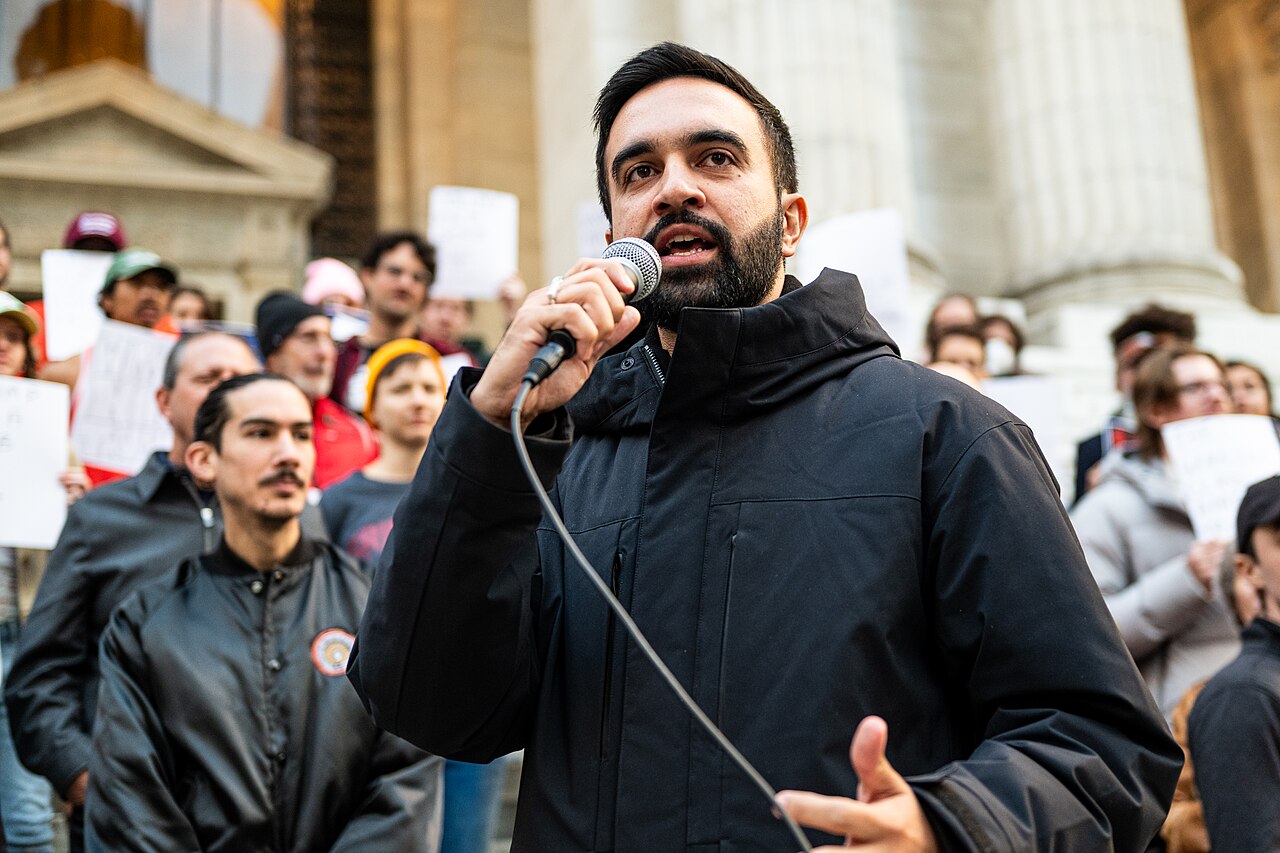How the New Syrian Government Teaches the History of 2011–2025
Syrian Children in Classroom in Idlib with Flags | Picture Credit: Ahmed Akacha / Pexels
At the start of the school year, the Syrian interim government, adhering to the strategies of the former regime in establishing political narratives, announced the new curriculum for grades one through twelve, through which it plans to educate Syrian pupils on its own version of recent history.
The new Syrian Ministry of Education published the curriculum with some amendments on its official website. The curriculum is based on the 2014 edition introduced by the former Syrian regime, but all content deemed ideologically related to the previous Assad regime has been removed.
Additionally, 12th-grade history now includes new sections on the 2011 Syrian revolution, its causes, and its aims. The final sentence of the chapter on modern Syrian history states: “The revolution against the Assad regime continued and achieved its goals and toppled the Assad regime on 08.12.2024. After great sacrifices, it restored the stolen rights of the Syrian people to life and prosperity and Syria’s historical standing among the nations.” (p,57) In an interview with Al Jazeera, Mohammad Saed Qaddour, the Director of Education, stated: “It is the legitimate right of every victorious revolution to present its truthful narrative rather than the previously written ones.”
On the Revolution’s Goals
The 12th-grade history book lists the revolution’s goals: freedom for all citizens, equality, and social justice. It also claims the army would leave politics, serving only to protect the homeland while respecting Syria’s ethnic and religious groups. However, the current ground reality contradicts this supposedly aspired for success.Since the HTS came to power with their claims of having achieved these goals, their security forces have committed massacres against Alawi communities on the Syrian coast and against Druze communities in Suweida. Both massacres were characterized by sectarian killings, targeting of civilians, mass executions, forced displacement, and destruction of civilian homes and infrastructure.
Another goal stated in the book is to establish a new Constitution that reflects the aspirations of the Syrian people and facilitates judicial independence and the separation of powers.
In March, Ahmad al-Sharaa, with the help of a self-appointed committee, established a constitution that, similar to that of former President Assad, granted the president absolute power. Ethnic and religious groups, progressive voices, and women—all accounting for a majority of Syrians—were excluded from drafting the constitution.. This paves the legal way for authoritarian rule by Ahmad al-Sharaa. The five-year transitional period effectively allows him to entrench his power and inaugurate a new chapter of dictatorship in Syria.
Therefore, even as the government is publishing the curriculum that outlines the goals of the Syrian Revolution, it is dismantling them in practice.
Therefore, even as the government is publishing the curriculum that outlines the goals of the Syrian Revolution, it is dismantling them in practice.
Is Syria heading towards Democracy?
This narrative of the Syrian revolution under HTS rule in Damascus is not new. One of the first statements by Ahmad al-Sharaa, after the sudden fall of Assad, was to declare that ‘the Syrian revolution has ended with the fall of Assad,’ stressing that Syria ‘will not serve as a platform to attack or unsettle any other Arab or Gulf state, whatever the circumstances.’
The discourse becomes central here. If discourse is a system of knowledge and power that, through institutions, defines what can be considered the truth, then what does it mean to declare the end of a revolution? To understand the significance of this declaration, it is necessary in the first place to examine how ‘revolution’ is being defined.
Declaring an end to the revolution essentially means declaring an end to the movement itself.
Declaring an end to the revolution essentially means declaring an end to the movement itself. The very etymology of the word ‘revolution’ points to the act of revolving, that is, of ongoing motion. Revolution does not refer to the changing of the ruling party governing the state; rather, it is a process of transformation and reshaping of institutions, with the reorganization of power. It creates new forms of social and political life. The affirmation that a revolution is complete implies the closure of the open-ended process of renewal. More significantly, its completion also suggests, at its core, the end of politics in its deepest sense.
When the interim government’s president made this declaration, it was an affirmation of the status quo and the existing structures of the state. After the militarization of the Syrian uprising, the focus shifted from a structural problem to a more personalized one. From systemic change and democratic reforms that targeted the existing structures of the Assad regime to the mere replacement of Assad himself. Opposition groups, backed by regional and Western powers, sought only to seize power by toppling Assad. So when Ahmad al-Sharra declared the revolution over and confined it within Syria, he halted the path of democratization both at home and across a region plagued by authoritarianism.
This discourse serves to share a version of history that sustains those in power.
In 1970, Hafez al-Assad, father of the former Syrian president Bashar al-Assad, carried out a coup against the nationalist–leftist faction within the Baʿath party. This coup seized power and consolidated power through what he referred to as the ‘Corrective Movement.’ He incorporated this into the school curriculum under ‘Nationalism’, where it was depicted as the greatest achievement in modern Syrian history in order to instill his version of events as the undeniable truth in the minds of students. In the same fashion, Ahmad al-Sharaa, in his political discourse and curriculum, now claims to be the true owner of the Syrian revolution and to have achieved its goals. This discourse serves to share a version of history that sustains those in power. Control over education, curricula, media, and historical narratives allows the interim government to shape collective memory, determine what counts as the “truth,” and who legitimately the revolution. After six decades of dictatorial rule by the Assad regime, one cannot underestimate how the latter successfully transformed its nationalist and exclusionary mentality, embodied in the model of a centralized nation-state, into one that persecuted those who fought against it. The Assad regime is gone, but the mentality and institutional structures it built remain—this time with a nationalist-Islamist flavor. Has the revolution truly achieved its goals, or does the new curriculum seek to impose a new form of indoctrination on the next generation?
Cihad Hammy
Cihad Hammy studies English and American Studies (Master’s) at the University of Hamburg. He is a researcher and the co-editor of Rojava in Focus: Critical Dialogues.




